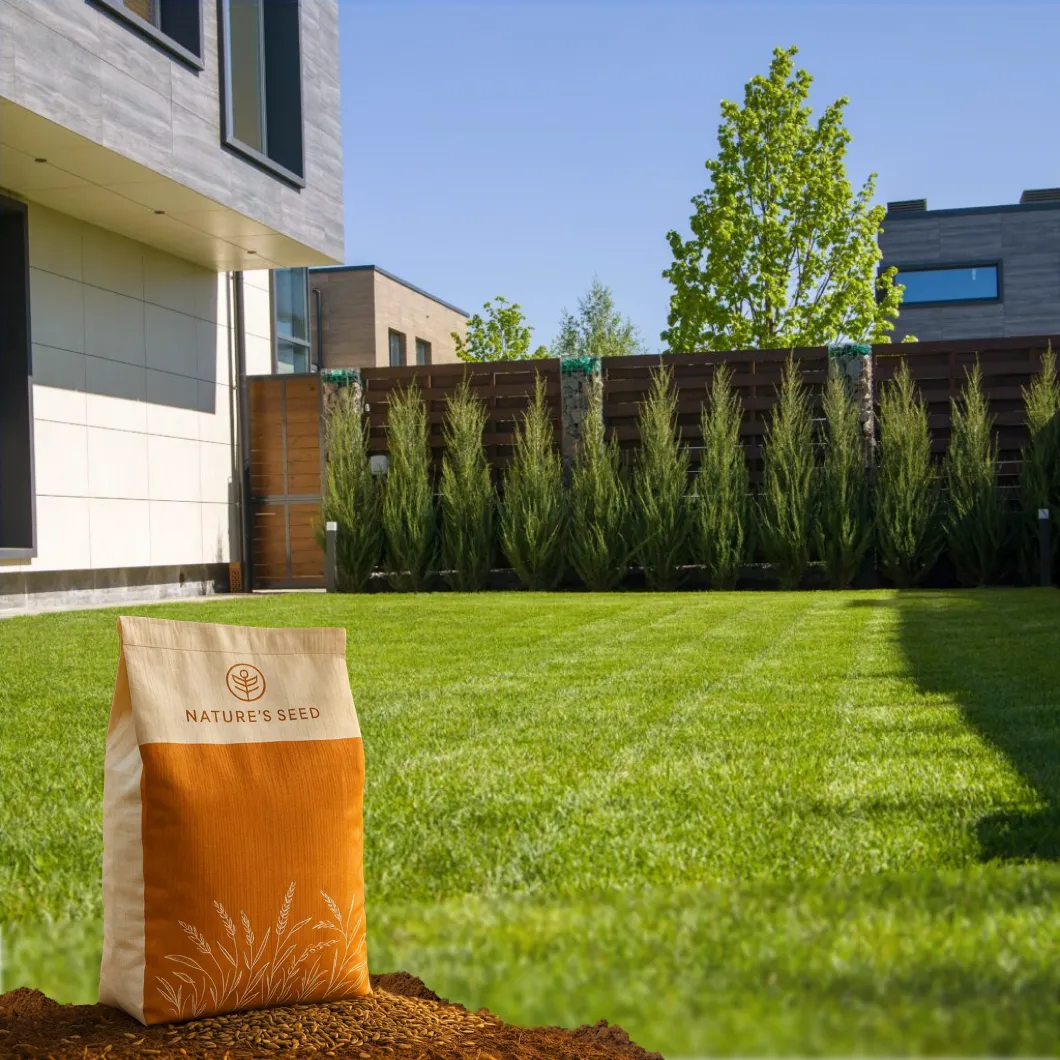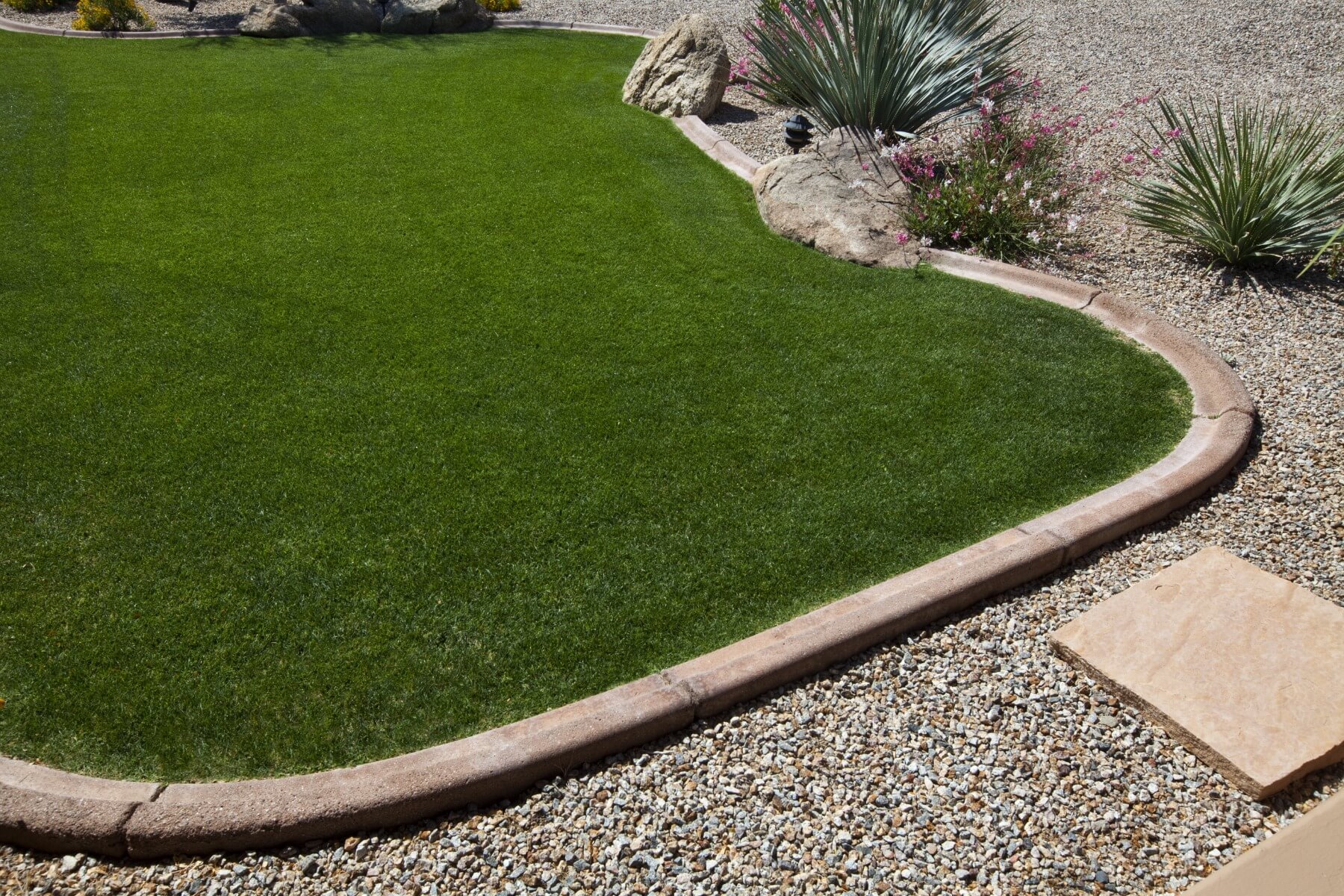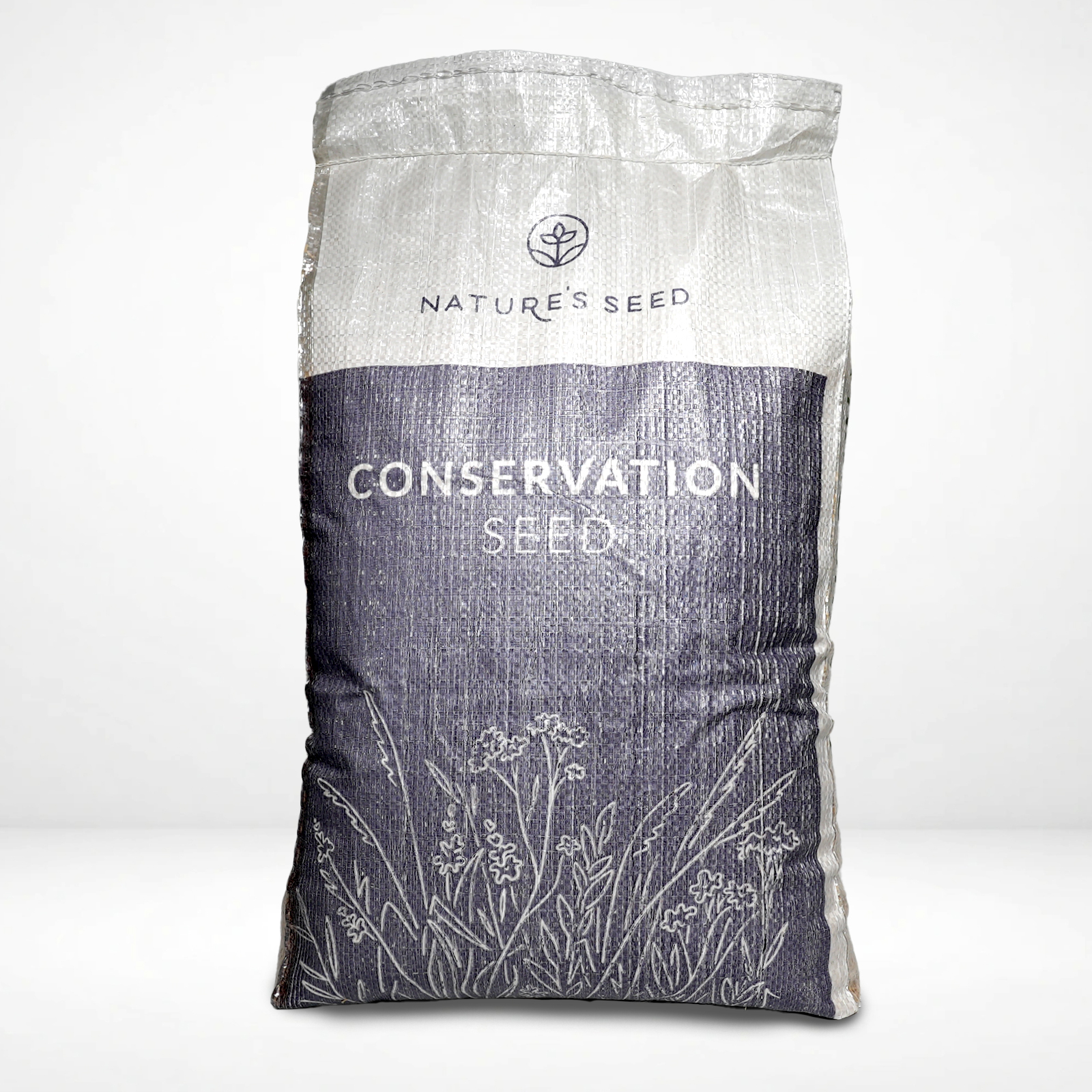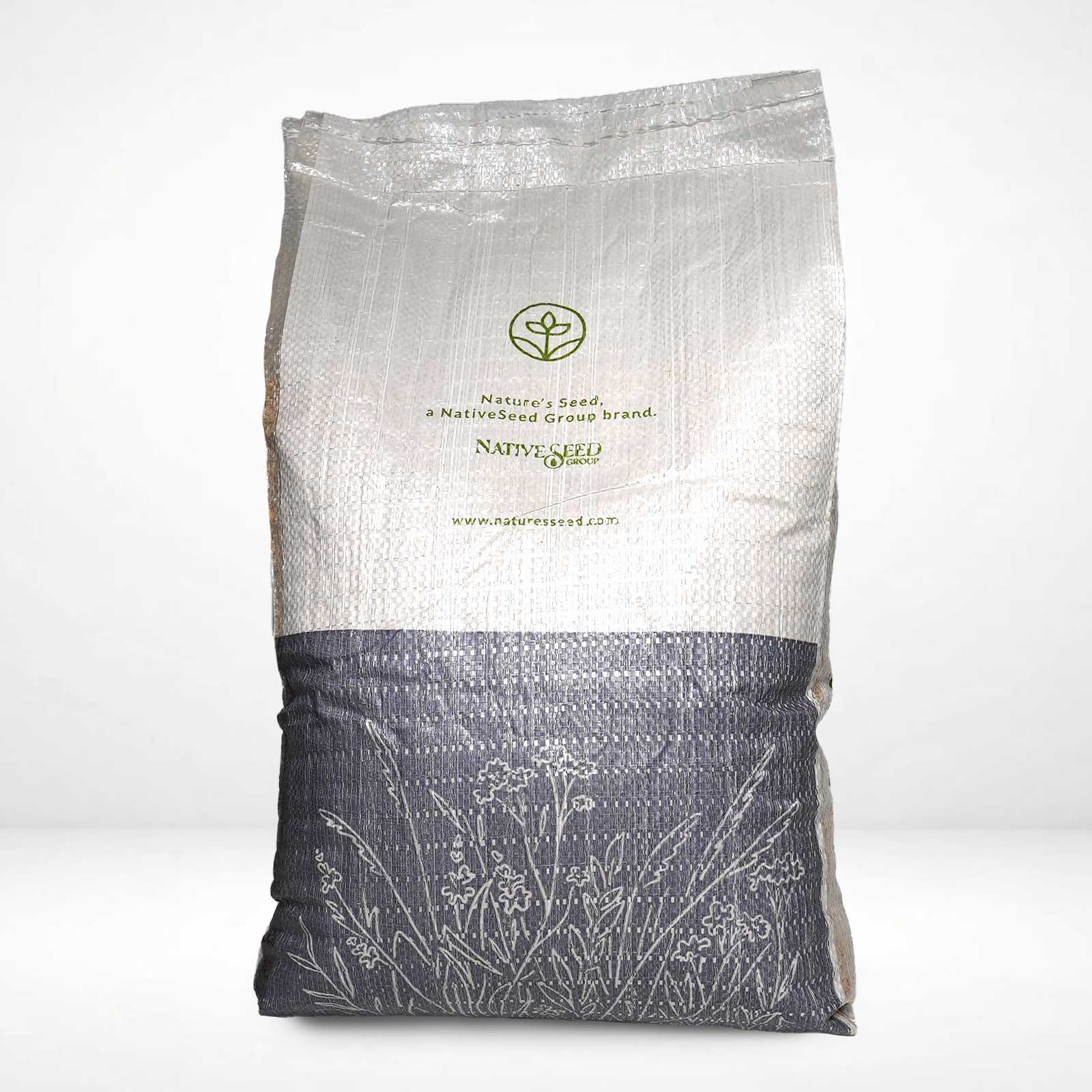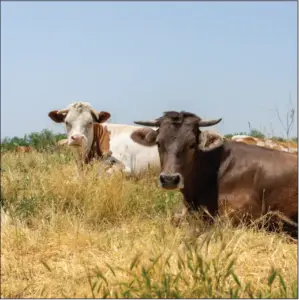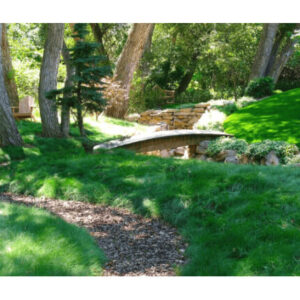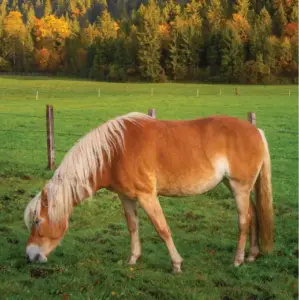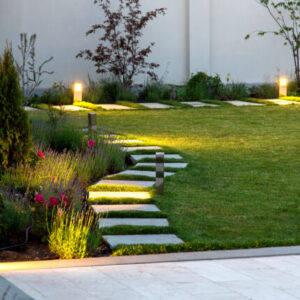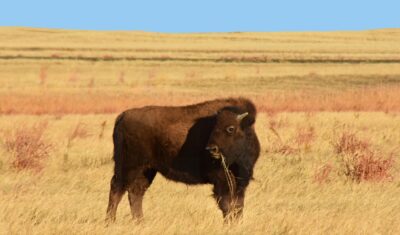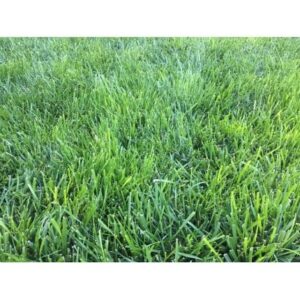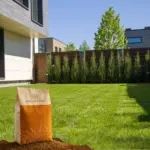
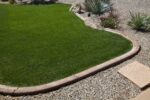



What is Nature's Seed's Bluegrass Water-Wise Lawn Mix?
Elevate your lawn with TWCA Water‑Wise Bluegrass Blend—a premium, drought-tolerant Kentucky bluegrass mix that uses up to 40% less water. Certified by the TWCA, it features top-rated varieties (Full Moon, Tirem, Diva) for lush color, fine texture, and self-repairing, dense turf. Ideal for high-traffic areas and northern climates, it germinates quickly, resists disease, and stays green with less irrigation.
Specifications
Sun Requirement
Full sun; tolerates partial shade
Soil Preference
Well-drained, fertile loam or clay-loam soils
Soil pH
6.0 – 7.5 (optimal ~6.5)
Time to Maturity
8–12 weeks.
Height when mature
18 – 24 inches if unmowed
Seeding Rate
5 lbs/1,500 sq ft
Planting Depth
1/8 to 1/4 inch deep
Bluegrass Water-Wise Lawn Mix | TWCA Certified
SKU: TURF-W-BLUE
Does This Product Grow Well in Your Region?
Check your region
Select Quantity
Why Choose This Seed?

Dense, Fine-Textured Turf
Forms a thick, carpet-like lawn with fine blades and rich dark-green color. Its dense growth chokes out weeds and helps prevent soil erosion on slopes.
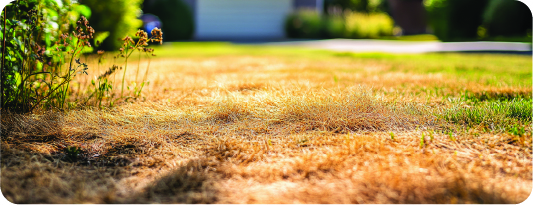
TWCA-certified drought tolerance
Uses up to 40% less water yet stays dark-green and healthy—TWCA-certified for drought tolerance. Saves water and money; perfect for watering restrictions or dry summers.
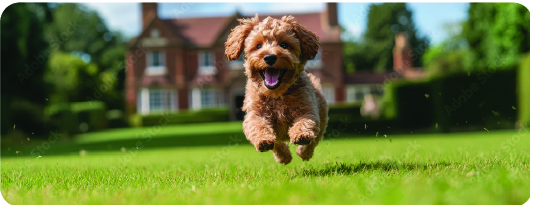
Wear Tolerant & Self-Reparing
Excellent traffic tolerance for kids, pets, and sports. Spreads by rhizomes for self-repair, filling in bare spots and recovering from foot traffic damage naturally.
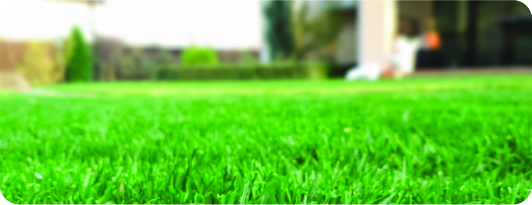
Disease & Pest Resistance
Modern cultivars in this blend offer improved disease and insect resistance, creating a naturally resilient lawn with less need for chemicals.

Year-Round Beauty
A cool-season standout that stays green spring through fall and bounces back after winter. Fine texture and vigorous growth create a manicured look with less mowing. Highly winter-hardy for lasting perennial turf.
Seed Description
Product Details
Sun/Shade
Prefers full sun; tolerates light shade
Height
~18–24 inches
Seeding Rate
5 lbs/1,500 sq ft
Uses
Perfect for home lawns, sports fields, parks, commercial landscapes, and erosion control. Ideal for high-traffic areas needing a lush, low-water lawn.
Color
Dark green color and fine blades create a soft, attractive turf with a clean, uniform appearance.
Water
Dark green color and fine blades create a soft, attractive turf with a clean, uniform appearance.
Native/Introduced
Introduced
Life Form
' Perennial, sod-forming grass
Seeding and Growing Guide
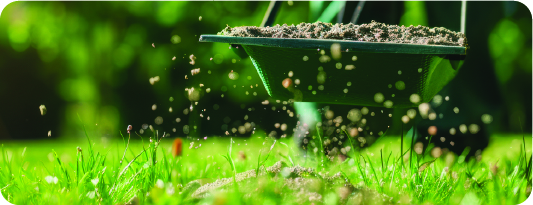
Soil Preparation
Aim for a soil pH of 6.0–7.0. Before seeding, mix in lime or fertilizer as needed and incorporate 2–3 inches of compost into the top 6 inches of soil. Clear rocks, weeds, and debris, then grade for drainage. Lightly firm the seedbed to ensure good seed-to-soil contact.
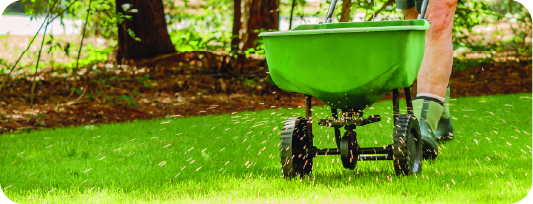
Seeding: Time it right
For best results, seed in late summer to early fall (Aug–Sept) for fast germination and fewer weeds. Spring seeding (April) is a backup but needs more weed control. Use ~3 lbs/1,000 sq.ft. for new lawns or ~1.5 lbs for overseeding. Rake lightly to keep seeds near the surface, then roll for soil contact. Cover bare areas with clean straw. Fall seeding fills in better before winter.
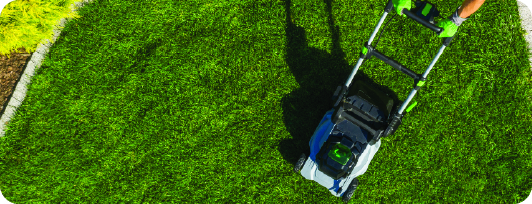
Watering & First Mow
Keep the seedbed moist with light watering 1–3 times daily until seedlings emerge (about 2–3 weeks). Avoid puddles. Once grass reaches ~2″, switch to deeper, less frequent watering. Mow at 3″ height using a sharp blade, trimming to ~2″. Mow dry grass gently, never cutting more than 1/3 of blade height. After the first mow, the lawn will thicken—keep mowing regularly and water deeply to build strong roots.
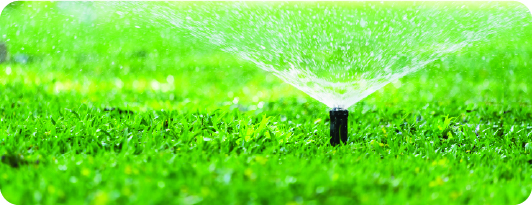
Ongoing Maintenance
Once established, this blend stays green with about 1″ of water per week. In peak summer, up to 1.5″ may be needed. Water deeply 1–2 times weekly to build drought resilience. It can go dormant in drought, surviving on as little as 0.5″. Mow at 2–3″, leaving clippings unless clumped. Fertilize mainly in fall (early and late) for root strength; avoid heavy spring feeding. Aerate if thatch exceeds 0.5″. Healthy turf naturally resists weeds, pests, and disease with minimal inputs.
Questions & Answers
When is the best time to seed this Water‑Wise Bluegrass Blend?
The best time to seed Kentucky bluegrass is late summer to early fall (mid-August–September), when warm soil and cooler air promote fast germination with fewer weeds. Fall seeding allows full establishment before winter. Spring seeding (March–April) is possible but slower and requires more weed control. Avoid summer seeding due to heat and drought stress.
Can I overseed an existing lawn with this blend to improve it?
Yes, overseeding is a great way to add drought-tolerant bluegrass to existing lawns or thicken thin turf. For best results, overseed in fall. Mow to 1.5–2″, then rake or aerate to expose soil. Apply 1.0–1.5 lbs/1,000 sq.ft. and ensure good seed-to-soil contact. Keep moist until germination. New grass blends in over time, boosting density and drought tolerance. If your lawn is over 50% weeds, consider full renovation instead.
Is this grass mix really drought tolerant – will it stay green without watering?
“Drought-tolerant” means this grass stays greener with less water—up to 40% less than standard varieties, as certified by TWCA. It can survive dry spells by going dormant, then green up again with rainfall or irrigation. While no cool-season grass stays green indefinitely without water, this blend is among the most drought-hardy available. For best results, water deeply but infrequently, mow high, and limit summer nitrogen.
How soon can I mow the new lawn after seeding?
Wait until new grass reaches ~3 inches before the first mow—usually 4–6 weeks after seeding. Use a sharp blade and mow when soil isn’t soggy to avoid damaging seedlings. Cut to ~2–2.5 inches, following the 1/3 rule. Mow during cooler parts of the day. After mowing, the grass will begin to thicken through tillering. Continue mowing every 5–7 days to encourage dense growth. By the third or fourth mow, your lawn is ready for regular maintenance.
When can I allow normal foot traffic and play on the lawn?
Minimize heavy traffic for the first 2–3 months after seeding. Light use is okay after a couple mows, but avoid vigorous activity until the lawn matures—typically late fall for early fall seedings. Once the grass has been mowed 3 times, it’s usually strong enough for normal use. Avoid walking on it when soil is wet or grass is very short. Patience early on leads to a thicker, more resilient lawn that self-repairs well over time.
What kind of maintenance does this lawn need in the winter?
Winter care is simple. Kentucky bluegrass goes dormant (brown) in cold weather—this is normal. Mow until growth stops; for the final mow, cut to 1.5–2″ to reduce snow mold risk. Rake leaves to prevent smothering. No watering is needed while dormant. Avoid heavy traffic on frozen grass to prevent damage. Don’t pile snow heavily on one spot. In spring, clean up debris, water as needed, and apply light fertilizer once it greens up. This blend is fully winter-hardy—no special treatment needed.
Still have
questions?
Our planting experts
are here to help.
Call Us
801 770 4141
8 AM–5 PM
Monday–Friday
Reviews
| Weight | N/A |
|---|---|
| Sun/Shade | |
| Est Rate | |
| Texture | , |
| Seeding Rate | |
| Uses | , , , |
| Color | |
| Mix Contents | |
| Water | |
| Native | |
| Life Form | |
| Lowest price | |
| Coverage Area | , , |
